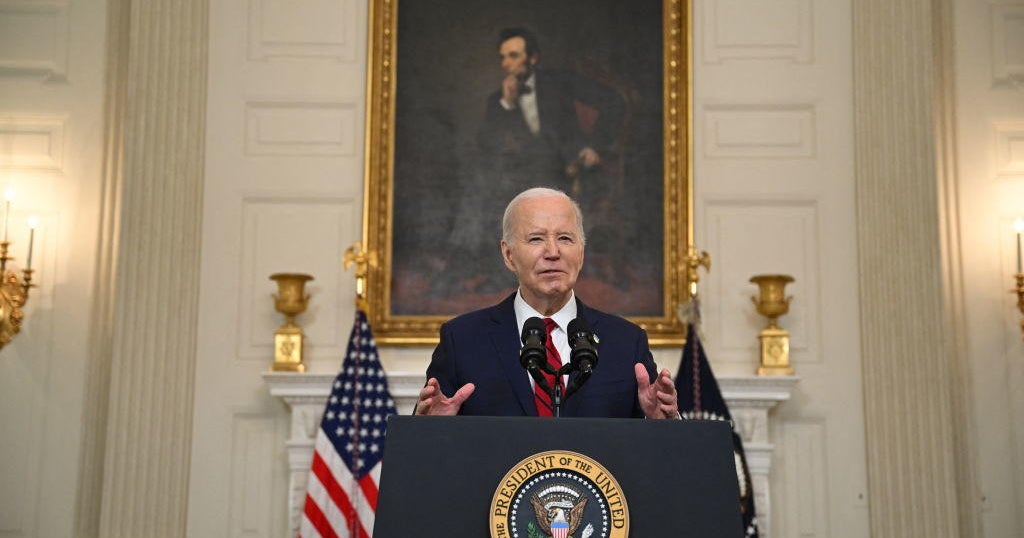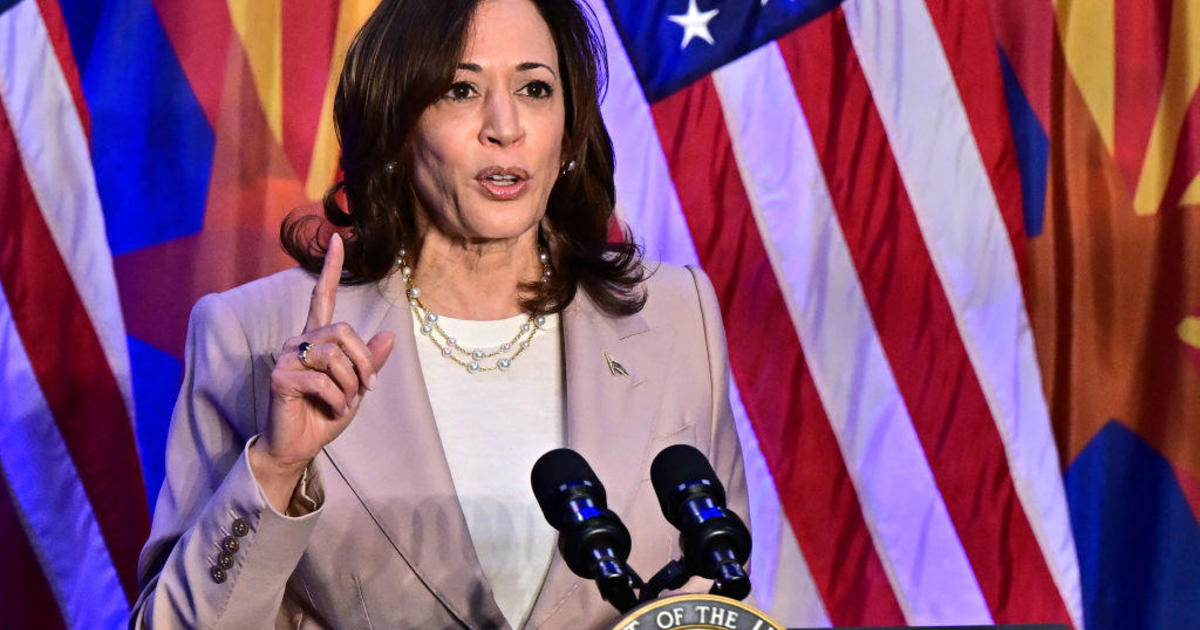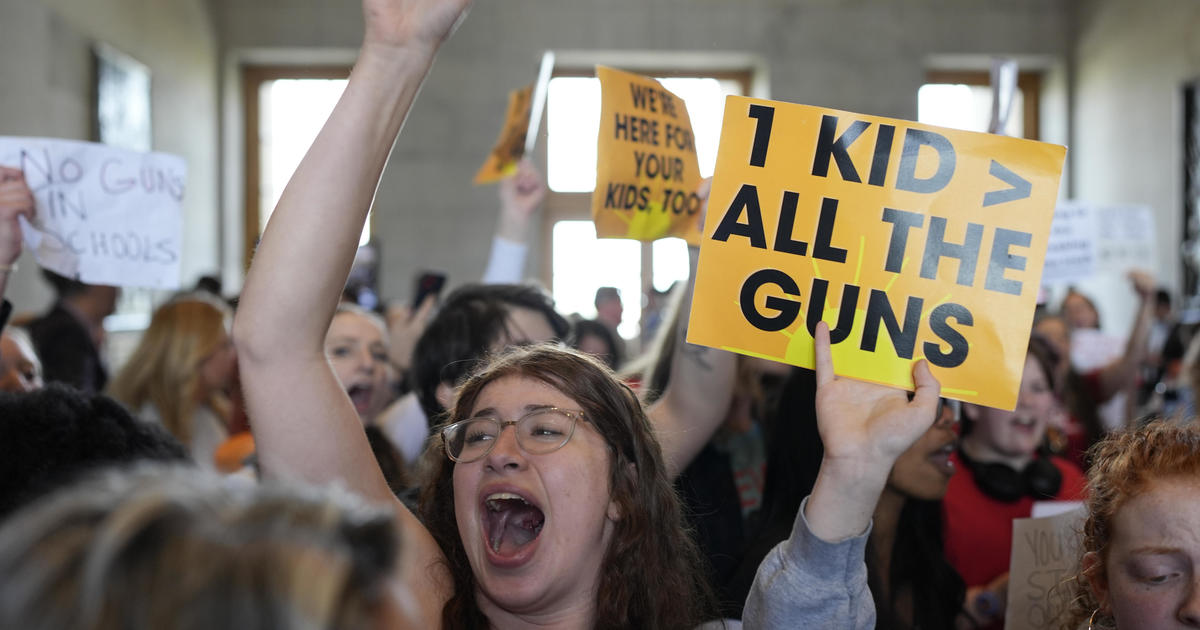House votes to extend government funding through November
The House passed a continuing resolution on Thursday to extend government funding through November 21, in the hopes of avoiding a government shutdown at the end of September. The legislation, which also includes an extension of expiring health care programs, now goes to the Senate for approval.
The continuing resolution passed with a vote of 301 to 123. Seventy-six Republicans joined 225 Democrats in voting for the measure, with three Democrats voting against it.
"It is critical that we avoid another government shutdown, which would harm our economy and hardworking Americans," House Appropriations Committee Chairwoman Nita Lowey said in a statement. "Once the CR is enacted and the Senate advances their appropriations process, Democrats will negotiate responsible spending bills that uphold our values and give working families a better chance at a better life."
Congress passed a budget at the end of July which set the spending ceilings for the upcoming fiscal year and suspended the debt ceiling until July 21, 2021 — beyond the 2020 elections — but it still had to act on the appropriation bills that fund government operations before the end of September. President Trump signed the budget deal in August.
There have been several full or partial government shutdowns in recent years, which has incurred significant costs for taxpayers. A bipartisan report released Tuesday found that government shutdowns have cost taxpayers nearly $4 billion over the past five years, and resulted in an estimated 56,938 years of lost productivity by furloughed workers.
The report, released by Republican Senator Rob Portman and Democratic Senator Tom Carper, found that the government has been fully or partially shut down for 52 days since 2014. The most recent shutdown was a 35-day partial shutdown at the beginning of the year which left 800,000 federal employees furloughed or working without pay.
The $4 billion figure consists of $3.7 billion in back pay sent to employees prohibited from going to work, and at least $338 million in association with other costs such as administrative work, lost revenue and late fees on interest payments, according to the report. The total amount of combined furlough days also amounts to the nearly 57,000 years of lost productivity.
The most recent shutdown ended in January, as congressional Democrats were unwilling to concede to Mr. Trump's demands for funding for a border wall. Mr. Trump later called a national emergency to obtain the funds for the wall.
Kimberly Brown contributed to this report.




